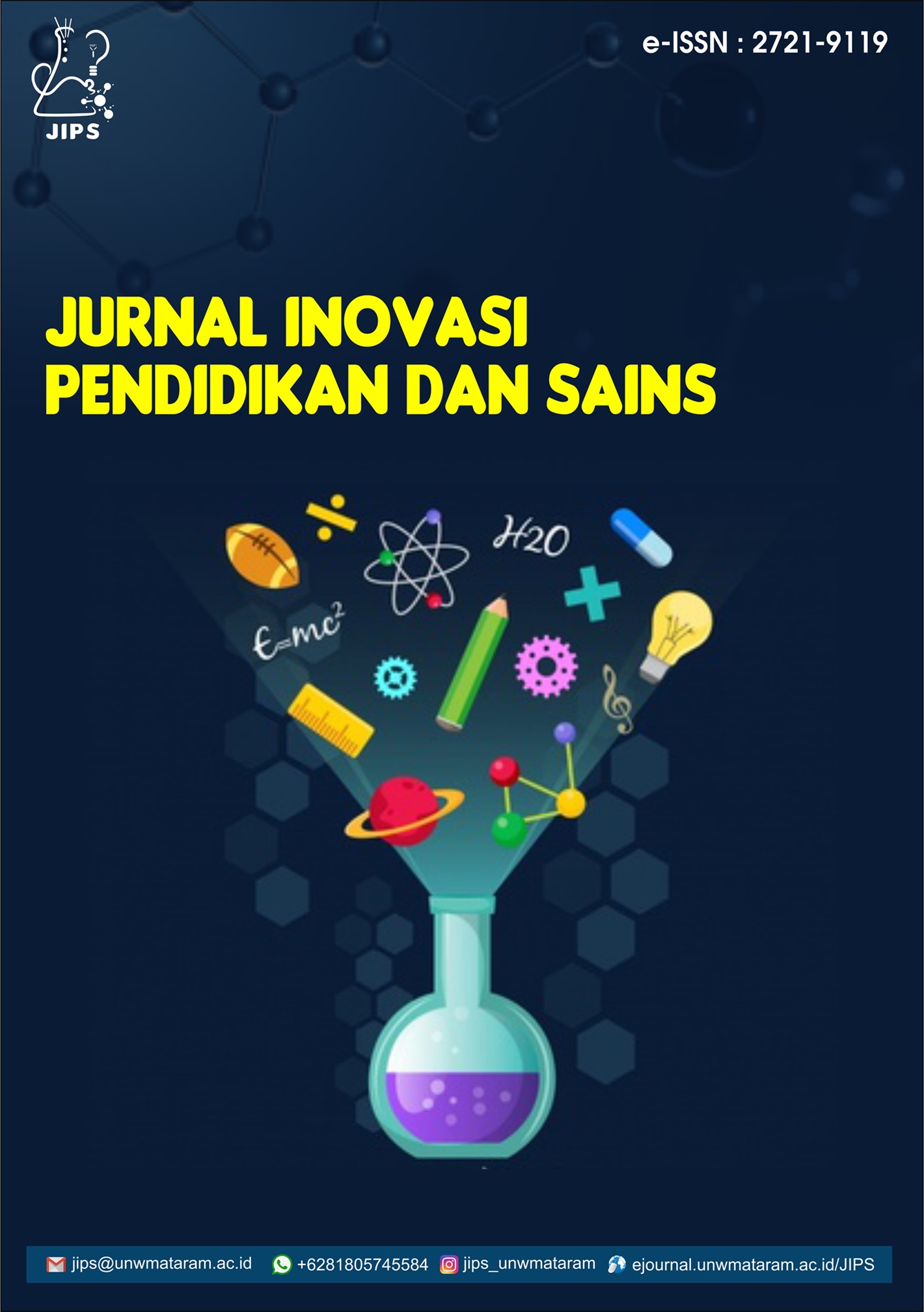BIOETHANOL FROM CHEESE WASTE (WHEY) USING KLUYVEROMYCES MARXIANUS
Abstract
Alternatives to petroleum scarcity are of much concern to researchers. The development of bioethanol is one of the renewable energies that must be supported by research from various sources of raw materials so that it can be converted into bioethanol. Generally, the raw material of bioethanol used contains sugar and starch. if biomass used sugar cane and cassava then the availability of food will also be threatened. Therefore one of the alternative raw materials that can be used is industrial waste cheese (whey). Whey is the side of the product cheese industry, which contains 4-5%. The aim of the study is to optimate whey fermentation to the production of bioethanol using Kluyveromyces marxianus with the variation of time and starter volume. Bioethanol production with raw material lactose which is contained in whey used Kluyveromyces Marxianus with variabel changed time fermentation and starter volume. For time fermentation variables are 24, 48, 60, 72 dan 84 hours, and for volume starter variabel are 20%, 22%, dan 24% v/v. The highest content of bioethanol production used Kluyveromyces Marxianus on variable starter volume 24% at time 84 hours was obtained 0,32% bioethanol content with pH 3,5
References
[2] Rao, R., & Basak, N. (2021). Fermentative molecular biohydrogen production from cheese whey: present prospects and future strategy. Applied Biochemistry and Biotechnology, 193(7), 2297–2330.
[3] Sebastián-Nicolás, J. L., González-Olivares, L. G., Vázquez-Rodríguez, G. A., Lucho- Constatino, C. A., Castañeda-Ovando, A., & Cruz-Guerrero, A. E. (2020). Valorization of whey using a biorefinery. Biofuels, Bioproducts and Biorefining, 14(5), 1010–1027.
[4] Siti, D. P., Puspita, A. A., & Ariyanti, D. (2013). Pembuatan Bioetanol Dari Limbah Keju (Whey) Melalui Proses Fermentasi Fed-Batch Dengan Kluyveromyces Marxianus. In Jurnal Teknologi Kimia Dan Industri (Vol. 2, Issue 3). Http://EjournalS1.Undip.Ac.Id/Index.Php/Jtki
[5] Zafar, S., & Owais, M. (2006). Ethanol Production rom Crude Whey by Kluyveromyces marxianus. Biochemical Engineering Journal, 27(3), 295-298
[6] Domingues, L., Guimarães, P. M. R., & Oliveira, C. (2010). Metabolic engineering of Saccharomyces cerevisiae for lactose/whey fermentation. Bioengineered Bugs, 1(3), 164– 171.
[7] Zou, J., & Chang, X (2022). Past, Present, and Future Perspectives on Whey as a Promising Feedstock for Bioethanol Production by Yeast. Journal Of Fungi, 8(4).
[8] Mansor, E. S., Ali, E. A., & Shaban, A. M. (2021). Tight ultrafiltration polyethersulfone membrane for cheese whey wastewater treatment. Chemical Engineering Journal, 407, 127175.
[9] Mohamed, H., Abdel, N. A. Z., & Maysa, M.A. A. (2013). Optimization of the fermentation conditions for ethanol production by new thermotolerant yeast strains of Kluyveromyces sp. African Journal of Microbiology Research, 7(37),4550–4561.
[10] Agarkova, E. Y., Kruchinin, A. G., Zolotaryov, N. A., Pryanichnikova, N. S., Belyakova, Z. Y., & Fedorova, T. V. (2020). Processing cottage cheese whey components for functional food production. Foods and Raw Materials, 8(1).
[11] Siti, D. P., Puspita, A. A., & Ariyanti, D. (2013). Pembuatan Bioetanol Dari Limbah Keju (Whey) Melalui Proses Fermentasi Fed-Batch Dengan Kluyveromyces Marxianus. In Jurnal Teknologi Kimia Dan Industri (Vol. 2, Issue3).Http://EjournalS1.Undip.Ac.Id/Index.Php/Jtki.
[12] Tesfaw, A., Oner, E. T., & Assefa, F. (2021). Evaluating Crude Whey For Bioethanol Production Using Non-Saccharomyces Yeast, Kluyveromyces Marxianus. SN Applied Sciences, 3(1), 1–8.
[13] Rachmah, A.N.L., Fatmawati, A., & Widjaja, A. (2022). Impact of surfactant-aided subcritical water pretreatment process conditions on the reducing sugar production from oil palm empty fruit bunch. IOP Conference Series: Earth and Environmental Science, 963(1).
[14] Rachmah, A.N.L., Susanti, Y., A’yun, A. Q., Ansori, A., & Sekaringgalih, R. (2023). Pemanfaatan Biji Lamtoro untuk Pembuatan Kecap dan Pemberdayaan Kelompok PKK di Desa Kaliploso Cluring, Banyuwangi. Warta LPM, 26(2), 157–165.
[15] Menon, V., & Rao, M. (2012). Trends in bioconversion of lignocellulose: Biofuels, platform chemicals & biorefinery concept. Progress in Energy and Combustion Science, 38(4),522–550.
[16] Syauqiah, I. (2015). Pengaruh Waktu Fermentasi Dan Persentase Starter Pada Nira Aren (Arenga Pinnata) Terhadap Bioetanol Yang Dihasilkan. Info Teknik, 16(2), 217–226.
[17] Yeast, T., Dahiya, M., & Vij, S. (2012). Comparative Analysis Of Bioethanol Production From Whey By Different Strains Of Immobilized. 2(3), 2–6.
[18] Budiantono, S., Retnaningsih, S., & Aksioma,D. (2016). Measurement System Analysis Repeatability dan Reproducibility (Gauge R&R) pada Alat Vickers Hardness Tester Di PT Jaykay Files Indonesia. Jurnal Sains Dan Seni ITS, 5(2), 468–473.



